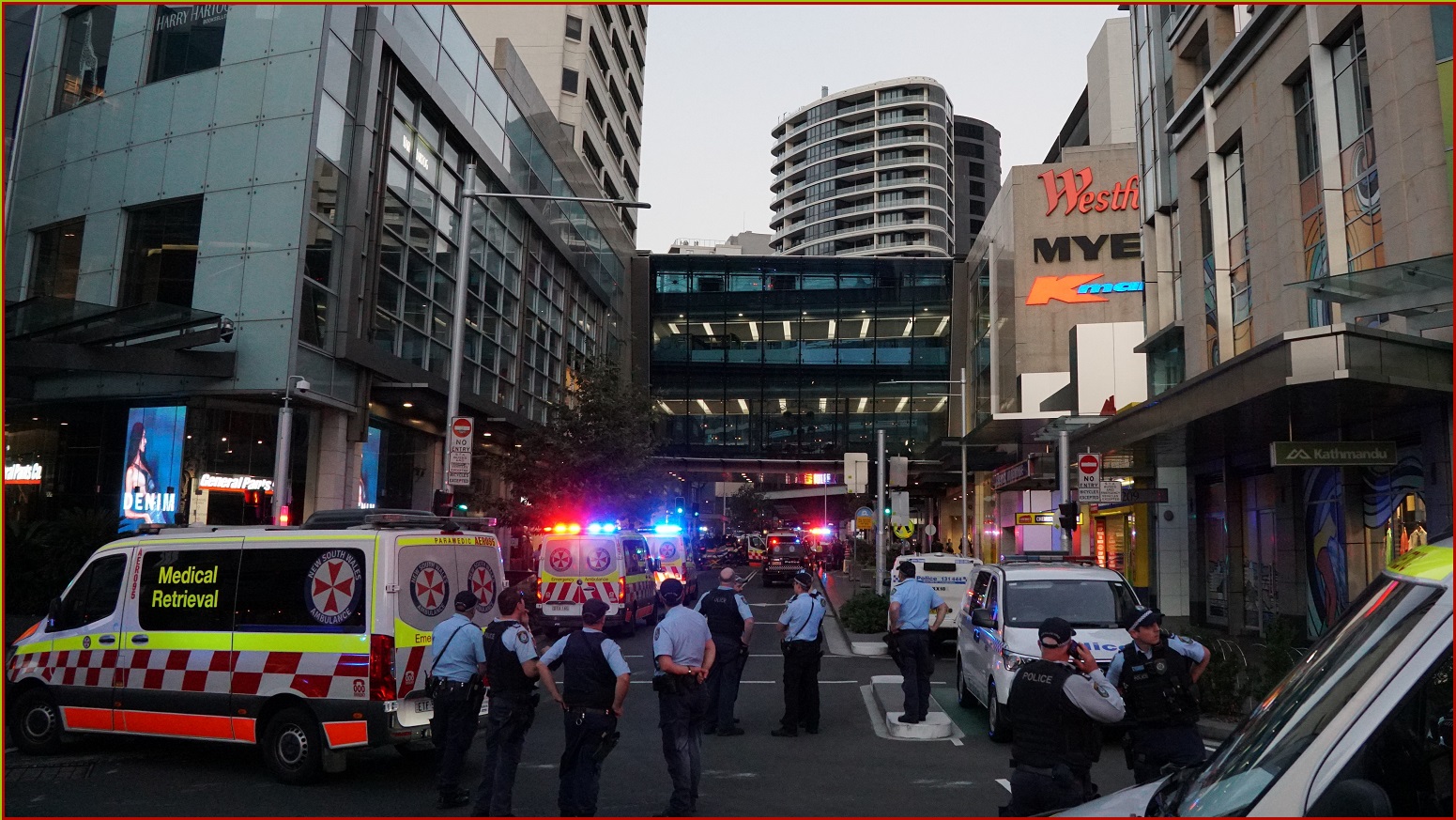Demonstrably false claims and misinformation have been prominently featured on X, including by Verified users, following the Bondi Junction attack, as the social media platform again fails to grapple with a major breaking news story.
Twitter was once the go-to platform for real-time, breaking news stories, often led by journalists boasting verified blue ticks.
But following Elon Musk’s acquisition of the platform in late 2022 and a name change to X, a series of decisions including the slashing of moderation and safety staff and the opening up of verification to anyone in exchange for a payment, have led to misinformation running riot on the site, particularly in relation to major news stories.
Following the horrific stabbing attack at Bondi Junction in Sydney on Saturday, there were thousands of X posts falsely attributing a political or religious motivation to the attacker, and others naming the wrong person, claims which were eventually shared by a major news network.
This misinformation was shared by Verified X accounts and by prominent journalists and far-right commentators based outside of Australia.
They were not removed by the platform.
Lies and more damned lies
According to Hamad Bin Khalifa University associate professor Marc Owen Jones, there were at least 140,000 posts on X falsely claiming the attacker was either Jewish or Muslim that were viewed millions of times.
According to the researcher, posts made by just six prominent accounts received more than 10 million views on posts that contained clear misinformation.
“It’s pretty clear what happened here,” Jones posted on X.
“There was a tragic attack in Sydney. The familiar accusations that the perpetrator was Muslim circulated initially. The war in Gaza also prompted some to instrumentalise it to make propaganda points.”
Among prominent figures who posted such misinformation to X were TalkTV presenter Julia Hartley-Brewer, who labelled the attacker an “Islamist terrorist” before later admitting this was incorrect, and Britain First co-founder Paul Golding, who posted similar incorrect allegations.
Hartley-Brewer’s post now has more than nine million views. It is still available to view but now has an accompanying Community Note clarifying that the attack was not an “Islamic terrorist attack”.
New South Wales Police have said that the attacker was not motivated by a particular political or religious belief.
There were also widespread posts on X naming the wrong individual as the man behind the Bondi Junction attack.
The man’s name began circulating on X on Saturday night, pushed by a number of Verified accounts.
This led the Seven Network to incorrectly name another man as the attacker on its website in a caption to a YouTube video, both of which have now been removed.
Despite this, the falsely accused man’s name was still trending on X on Sunday.
Disinformation now rife on X
This is yet another example of Musk’s X failing to adequately respond to misinformation and disinformation being posted to its platform during a major news story.
X has also struggled to handle huge amounts of fake information surrounding the ongoing war in Gaza, including the posting of old footage, protests and video games purporting to be from the war, and a number of clear disinformation campaigns.
It was revealed last year that X had ceased using an internal tool it had designed to identify coordinated disinformation campaigns by flagging when multiple accounts were sharing the same images or videos.
Earlier this year, X revealed that it had rapidly shed safety-focused staff following Musk’s acquisition, including in the Australian region.
Since Musk’s acquisition, X’s global trust and safety team has been reduced by a third, while there has been an 80 per cent reduction in the number of safety engineers at the company.
The number of moderators directly employed by X has been reduced by more than half, and the number of global public policy staff has been cut by nearly 80 per cent.
In the Asia-Pacific region, there has been a 45 per cent reduction in trust and safety staff, and a 73 per cent drop in public policy staff.
In November last year, X was kicked out of Australia’s voluntary misinformation code following a decision by an independent complaints subcommittee.










